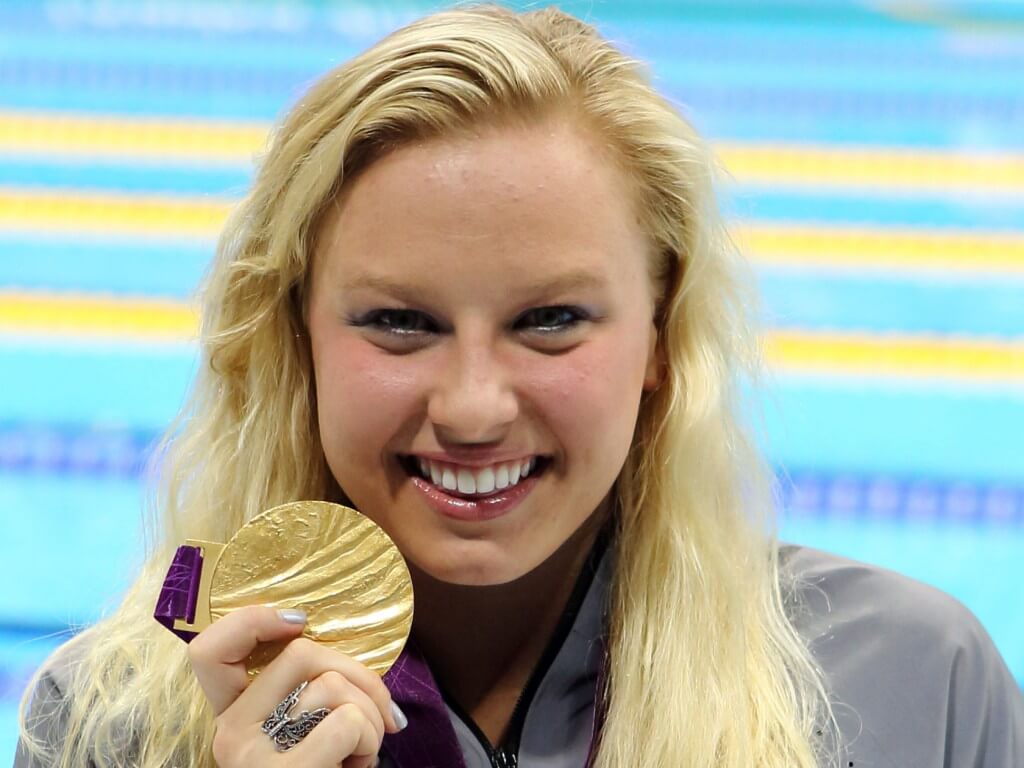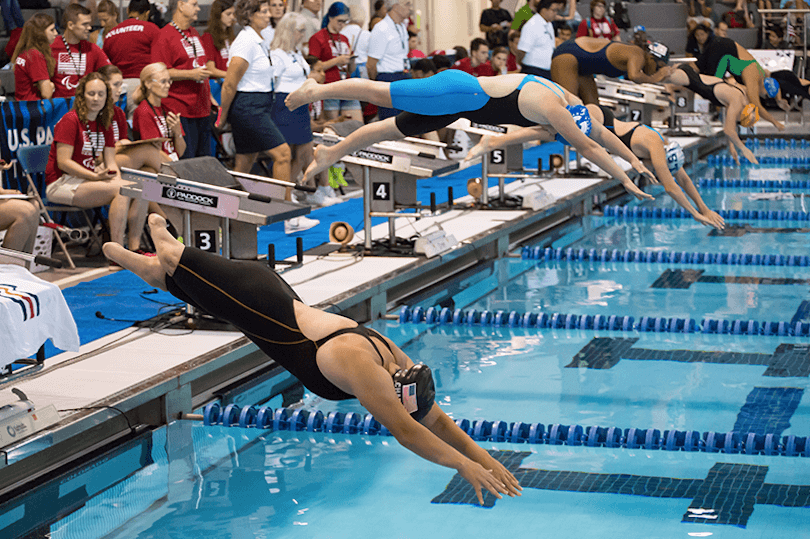Paralympic Swimming: Looking Forward

By Lander Eicholzer, Swimming World College Intern.
The Paralympic movement had its biggest year to date in 2016. The opening ceremony of the Paralympic Games attracted over two million viewers and saw expanded coverage from NBC. However, Paralympic sport in the United States is still not fully incorporated into the national sporting landscape or USA Swimming. The Paralympics operates as a separate entity with its own brand, symbols and administration. One of the greatest hurdles facing the Paralympic movement is its accessibility.
To improve this, NBC gave the Paralympics 70 hours of television coverage, a massive increase over the 2.5 hours for the London Games. Paralympic athletes visited the White House after Rio. This coverage expansion is a start, but still not enough if the Paralympics hopes to compete for consistent public attention.
2016 was certainly a year of growth for Paralympic swimming, but it didn’t take place without controversy. The Russian Paralympic Committee was suspended this summer as part of the larger Russian doping scandal. The Paralympic classification system also came under fire. Father of Paralympic star Jessica Long published an open letter, calling out perceived cheating taking place in the classification process.
Paralympic swimming operates with 14 levels of classification, and for the untrained eye, this can be daunting. Classification is an imperfect process, operating as an inexact science. The Paralympic classification system is currently under review. It is vital that the IPC rectify its current system to truly maximize balanced competition in Paralympic swimming.
Long cited the case of Stephanie Millward, the former S9 Paralympic silver medalist, who was moved to the S8 class. She subsequently broke the S8 100m backstroke world record by two seconds. Steve Long also cited the case of Madison Elliott as evidence for the flawed system. At the 2015 Paralympic World Championships, Elliot swam a 1:25.42 for her classification swim in the 100 backstroke and produced a 1:17.93 to take home gold. The Paralympics depends upon honesty. Without honest athletes, the movement’s growth will be stymied; viewers have to trust that the product they are seeing is truly fair and transparent. The greatest issue here is the continued apathy from the IPC to pursue potential cases of intentional misrepresentation with due diligence.

Photo Courtesy: Kevin McCarthy
Perhaps the greatest asset of the Paralympic movement is bringing together disabled individuals to build solidarity and community. Many people with disabilities do not regularly interact with others who share their lived experiences. The Paralympics provides the opportunity to bring people together and bond through swimming.
In an interview with the Baltimore Sun, 11 time Paralympic medalist Cortney Jordan stated that the goal of the Paralympics should be to elevate young athletes. By finding more swimmers to compete, the swimming community and competition benefits. The focus of this ought to be localized. Encouraging people with disabilities to test themselves in sport provides an outlet for personal growth. Direct them to the Paralympic movement.
Jordan also stated that she does not want to be congratulated and held up as “inspiring” for accomplishing everyday tasks. This is an important distinction to make when approaching disability, particularly disability in sport. Often times, the language when mentioning the “inspirational” value of people with disabilities takes away from the magnitude of exceptional achievements. Its structure belies the notion that people with disabilities are not expected to achieve greatness. People with disabilities want to be recognized for their humanity. This desire extends beyond athletics, and must recognize that accommodations must be made to fully incorporate people with disabilities into society. Ultimately, the Paralympics is an organization that works for the advancement of disability rights and visibility.
For the swimming fan, consistently paying attention to meet results outside the Paralympics Games is an important piece of furthering the movement. Follow Paralympians on social media. Seek out meet coverage. As a publication and a journalist, normalizing Paralympic coverage should be a priority. Listen to people with disabilities and work to understand their struggles. The issue of disabled incorporation extends beyond the pool. As the movement looks toward 2020, its greatest task lies in improving its credibility, both internally and publicly. The athletes will continue to swim, but the media, governing bodies, and the public will ultimately determine if the Paralympics capitalizes on its momentum from Rio.
All commentaries are the opinion of the author and do not necessarily reflect the views of Swimming World Magazine nor its staff.



